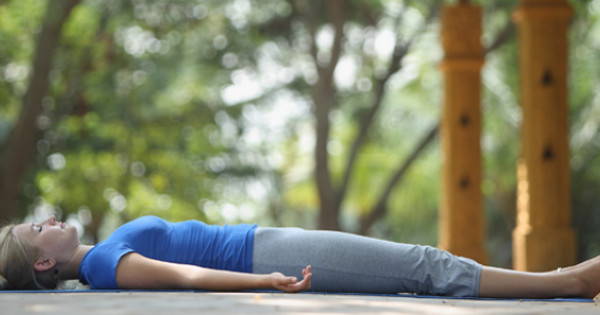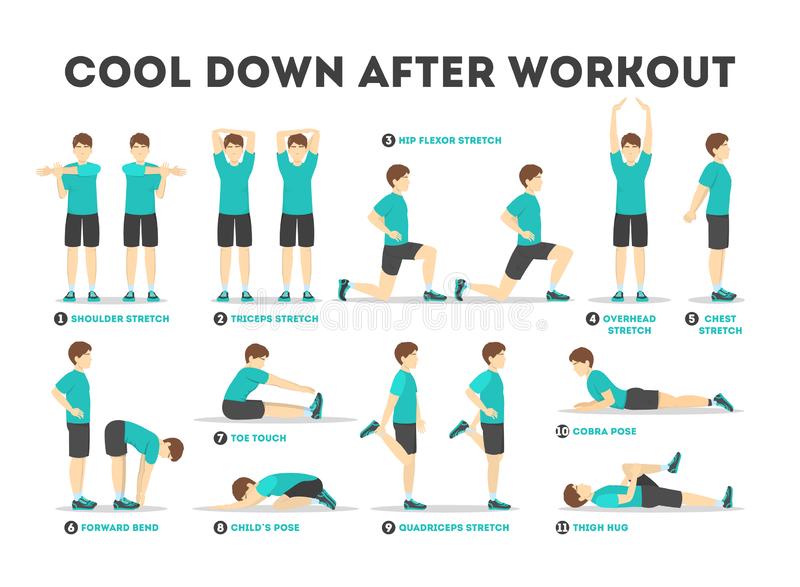
Yoga leg pose is a great way to strengthen your legs. Begin by lying on your stomach with your feet bent. Lift your left leg upwards and bring it under your left thigh. Bend your right leg up towards your chest and bring it under your left forearm. Next, grab the inside of your right knee with your left hand and nail it to the mat. Then, repeat the process for the other leg. Also, bend the left leg towards your chest.
The second yoga pose for legs is legs up-the-wall. This posture has been known to reduce stress and blood pressure. This yoga pose requires you to lower your back towards the ground and to wiggle your legs closer toward the wall. You can rest your head on a table or on the floor. Continue to hold the pose for a few minutes until the tingling stops. When you feel no tingling, go back to the original pose. These poses are great exercises for the legs and hamstrings.

You can also perform the legs-up-the-wall pose for a variety of reasons. It helps improve digestion and strengthens the arteriovenous systems. It also helps to keep your body light-weight and flexible by pumping blood toward your legs and hips. It can also be used to treat menstrual disorders. It's even beneficial for aging. Find a place near a wall to do this yoga leg position. Once you are in the pose, adjust your body to it. You can put a blanket under your back if you need to.
The adductor stretch stretches the inner thighs. Start by bending your left knee slightly, and then lift your butt up. Do this for about 30 seconds and then repeat on the other side. The main goal of this yoga leg stretch is to stretch your inner thighs. You can also bring your head towards the floor by using deep breathing. You can also hold the pose for a few minutes to get a better feel of it.
Yoga leg stretch can reduce lower leg swelling and also provide therapeutic benefits for your lower back, feet, and lower back. This is a great way for you to relax and recover from a workout. These yoga poses are not only beneficial for the body, but also have other benefits. These poses can be helpful for premenstrual syndrome and anxiety. You can relieve many symptoms with these exercises. Yoga can improve flexibility and mobility in the legs.

A popular way to strengthen your legs and reduce stress is yoga leg stretch. The yoga leg stretch is an effective way to tone lower body muscles. Try the wall pose to increase your flexibility. You will notice a difference once you begin this stretch. Your legs will look more toned in no time. This is also a great way to increase circulation. A strong lower body will not only improve your legs but also make you appear more confident.
FAQ
Is it possible to go to the gym every day of the week?
Yes, you could go to the gym seven days per semaine but not all at one time. You must find a time you can do it without feeling exhausted and depleted.
This will keep you motivated and provide energy for other activities.
You should also ensure that your meals are well-balanced. This will make it so you don't feel tired or sluggish while going to the gym.
Last, make sure there aren't any other things competing with your time. You might want to avoid working out on school nights if you have kids. They can distract you from your exercise routine.
How to get rid of belly fat fast
There are several methods to rapidly reduce belly fat. You can reduce your intake of food and drink more water.
Another way to increase metabolism is to run and swim.
You should avoid sitting for too long if you want to quickly lose belly fat. Instead, stand up throughout the day. This will help you burn more calories.
If you've tried all the methods and are still struggling with belly fat, there's another option.
You will need a belt to do this. The belt fits around your waist and is tightened when you sit down.
As a result you'll feel uncomfortable and will be more mobile. This encourages you to burn calories and decrease your belly fat.
What is the best way lose weight?
It can be difficult to lose weight. Many people give-up easily because they don’t have the right information.
However, there are some simple steps that you can take to shed those extra pounds.
First, ensure that you consume fewer calories per day than you burn. You can gain weight by eating more calories than your body burns.
To burn all those calories, you should also start exercising. You have the option of doing jogging or walking or cycling, as well as dancing.
Third, you must stop smoking cigarettes and drinking alcohol. These habits can cause you to consume more calories that you would otherwise.
Fourth, cut down on junk food and fatty foods. You can replace them by healthier choices such as fruits, vegetables or lean meats.
Fifth, you must change your lifestyle and adopt new habits. You may have to get up before the rest of the world to exercise.
Sixth, be disciplined and stick to your diet plan.
You can also burn excess calories by joining a gym, or taking an aerobics course.
You'll quickly start to notice results if you follow these simple tips.
Statistics
- According to the American Academy of Dermatology (AAD), men over 50 are at a heightened risk of developing it. (healthline.com)
- Cardmembers earn 5% Back at Amazon.com with a Prime Credit Card. (amazon.com)
- An estimated calorie range for moderately active adult males falls between 2,200 to 2,800 calories per day, depending on age. (eatright.org)
- Are You One of the 20% of Guys (mh.co.za)
- 10 pounds in a month is likely during a lean bulking phase, especially for beginners. (muscleandstrength.com)
External Links
How To
How can I burn fat and exercise?
Exercise reduces calories by increasing metabolism, and oxygen consumption.
Exercise at a moderate intensity to safely lose weight.
These are the top tips for burning fat while you exercise.
-
Cardio exercises include walking, running, swimming, cycling, running and jogging.
-
For 30 minutes, do it three times a week.
-
Strength training is a great way to lose weight.
-
Avoid intense training. It's possible to build muscle, but not lose it.
-
During exercise, drink plenty of water. Water flushes out toxins, and keeps your body properly hydrated.
-
After exercising, you should drink low-fat protein drinks. Protein shakes can help boost energy and repair muscles.
-
Smaller meals are better for you.
-
Don't skip breakfast! Skipping breakfast can make you tired and sluggish.
-
Take care of yourself mentally. Stressful situations can affect your metabolism.
-
Keep a positive attitude. Studies show that people who believe they are overweight gain more weight then those who think they are attractive.
-
Get enough rest. It is harder to lose fat if you don't get enough sleep.
-
Stay active. Be sure to get up and move around every hour or two.
-
Maintain a healthy diet. Eat right to feel satisfied and full for longer.
-
Find ways to relax. Relaxing doesn't mean your body releases stress hormones which cause muscle tissue to be destroyed.
A balanced diet is one that includes all of the essential nutrients required for growth.
You should eat six small meals per day rather than three large ones. This allows your body to properly digest what you have eaten.
Calcium is required to support strong bones. Calcium can be found as a dairy product such as milk, yogurt and fortified soy drinks, orange juices, cereals, breads, and cereals.
Calcium is found in leafy vegetables, beans and tofu, as well nuts, seeds and cheese.
Your body needs vitamin D to absorb calcium. Vitamin D is found in eggs yolk, fatty fish and fortified foods.
Vitamin E is vital for your skin's health. It's found in vegetable oils, wheat germ oil, peanuts, almonds, sunflower seeds, and corn.
Zinc is essential for healthy immunity and wound healing. Zinc is found in seafood, oysters legumes meats, whole grains, whole grains and meats.
Zinc deficiency may cause fatigue, loss appetite, depression, and impaired immunity.
Insulin resistance is caused by eating too much sugar, which can increase blood glucose levels. Insulin resistance causes weight gain.
Insulin resistance develops when there are high levels of free radicals in the bloodstream. Free radicals can be molecules with unpaired electrons that cause damage to cell membranes.
Free radicals come mainly from food additives, pesticides, herbicides, preservatives, smoking, air pollution, radiation, chemicals in cosmetics, lotions, and household cleaning supplies.
Free radical damage can cause cancer, heart disease and diabetes, as well as arthritis, asthma, and other diseases.
The best way to avoid free radicals is to eat a balanced diet high in antioxidants. Antioxidants protect against oxidative damage.
Vitamin C can be found in citrus fruits. Beta carotene can be found in carrots. Sweet potatoes. Tomatoes. Carrots. Sweet potatoes. Spinach. Broccoli. Cantaloupe. Vitamin E is found in nuts. Olive oil, avocados.
Additional antioxidant nutrients include selenium and copper, manganese and zinc.
Selenium is known to protect cells from the oxidative damage that free radicals can cause. Selenium is also found in Brazil nuts.
Copper protects the eyes, brain, lungs, liver, and red blood cells. Copper can be found in shellfish and poultry as well as meat and organ meats.
Manganese is essential for bone structure. Manganese can also be found in oatmeal, brown rice, spinach and bananas.
Zinc is required for normal growth, reproduction and wound healing. Zn is found in lean cuts of meat, white fish, poultry, and eggs.